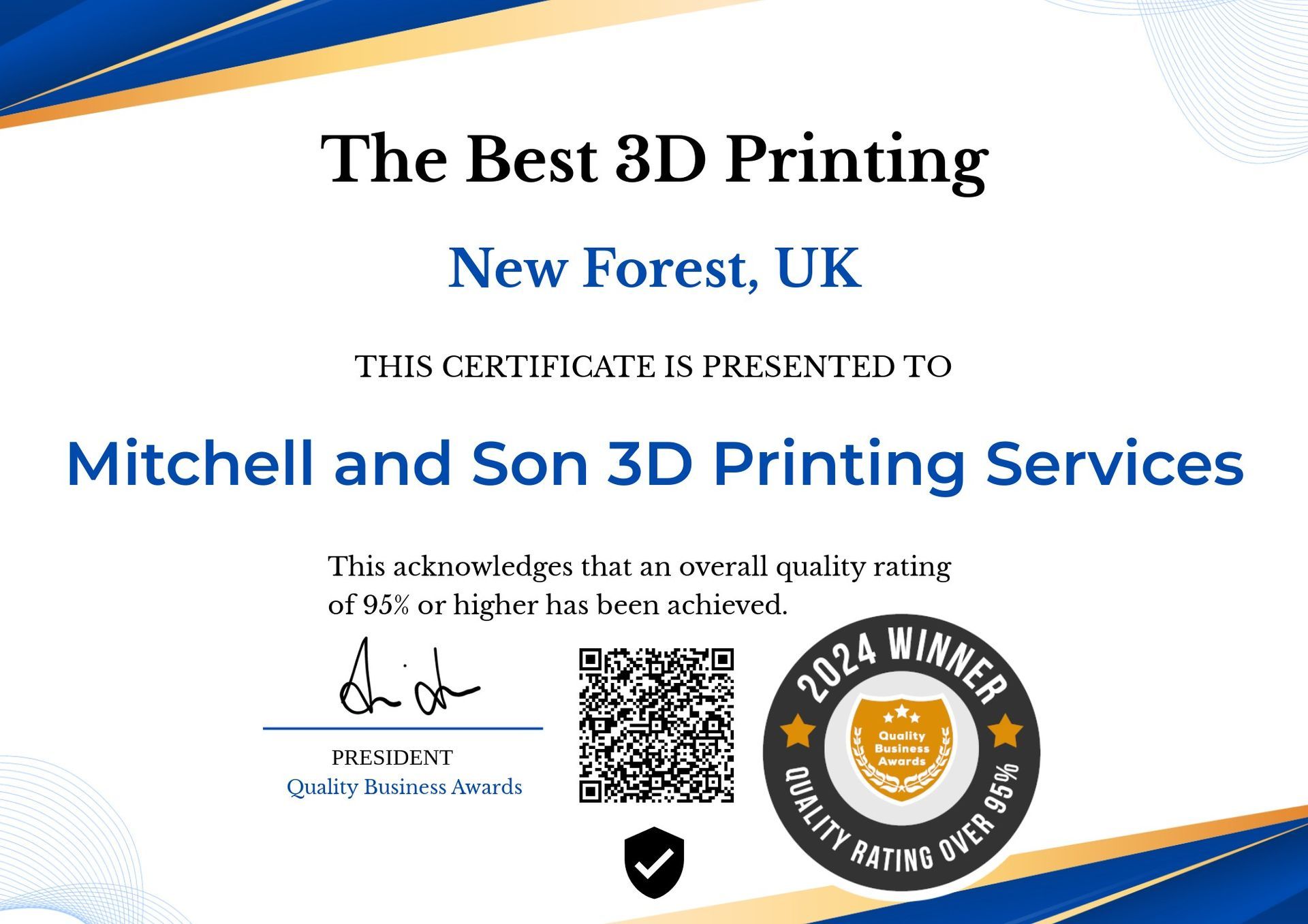RAPID TOOLING
We provide a wide range of professional services to meet your needs. We promise to provide every service with a smile, and to your highest level of satisfaction.
RAPID TOOLING

Being able to make a machine , manufacturing or any other kind of tool quickly can often be business critical and it is important to have a supplier that can tuen the Tool around in a 48 hour period.
Our Hyperspeed 3D Printers will print a design 12 x faster than traditional machines.
To put that into prespective , if I was printing a typical coffee mug, on a traditional 3D printer it may take 8 - 9 hours to complete.
Hyperspeed 3D Printing will print the exact same mug in +- 1 hour.
RAPID TOOLING
Rapid tooling, a state of the art cycle in current assembling, reforms the customary techniques for making devices and molds for creation.
Utilizing trend setting innovations like FDM mathematical control (CNC) machining, quick tooling assists the prototyping and creation stages, empowering organizations to repeat plans and put up items for sale to the public with phenomenal speed quickly.
By using 3D printing strategies, many-sided calculations and complex plans that were once difficult to produce through regular techniques are presently easily recreated, enabling originators to release their innovativeness without limitations.
In addition, quick tooling limits expenses and time related with tooling creation, as it kills the requirement for costly tooling materials and extended lead times regularly expected by customary machining processes.
This deft methodology speeds up opportunity to-advertise as well as improves adaptability in answering plan changes and client criticism, guaranteeing items fulfill developing business sector needs with unrivaled productivity.
Besides, fast form creation, encourages development and cultivates a culture of trial and error inside assembling biological systems. Its capacity to quickly create custom apparatuses and molds on-request works with little group and tweaked creation runs, taking care of specialty showcases and customized buyer inclinations.
This adaptability empowers organizations to investigate new market portions, gain by arising patterns, and remain in front of the opposition in unique ventures.
Furthermore, quick tooling essentially diminishes the boundaries to passage for new companies and private ventures, enabling them to contend on a level battleground with laid out industry players.
As the innovation proceeds to develop and coordinate with other high level assembling processes like generative plan and man-made consciousness, the potential for fast tooling to reshape the fate of assembling and drive exceptional advancement across different enterprises stays boundless.
FAQ
1. What is Rapid Tooling (RT) and how does it differ from traditional tooling methods?
Rapid Tooling (RT) is an assembling procedure used to deliver shape or tooling parts for large scale manufacturing rapidly.
Not at all like customary techniques which are tedious and expensive, RT use trend setting innovations,
for example, 3D printing, CNC machining, and quick prototyping to speed up the tooling system.
RT empowers quicker emphasess, decreased lead times, and savvy creation.
2. What are the key benefits of using Rapid Tooling in manufacturing?
Rapid Tooling offers several advantages including accelerated time-to-market, reduced production costs, enhanced design flexibility, and improved product quality.
By streamlining the tooling process, manufacturers can respond swiftly to market demands, iterate designs more efficiently, and minimize tooling expenses compared to conventional methods.
3. What industries can benefit from implementing Rapid Tooling techniques?
Rapid Tooling finds applications across various industries including automotive, aerospace, consumer goods, electronics, and medical devices.
Its versatility makes it suitable for both low-volume and high-volume production runs, catering to the diverse needs of modern manufacturing sectors seeking agility, precision, and cost-efficiency.
4. How does Rapid Tooling contribute to design optimization and product innovation?
With Rapid Tooling, designers and engineers can iterate prototypes rapidly, test multiple design iterations, and fine-tune product features before committing to mass production.
This iterative approach fosters innovation by allowing for quick adjustments based on feedback, market trends, or emerging requirements, ultimately leading to superior product performance and customer satisfaction.
5. What are the limitations or challenges associated with Rapid Tooling?
While Rapid Tooling offers various benefits, it likewise presents specific difficulties like material constraints, surface completion quality, and apparatus life span.
Choosing the suitable materials and cycles is essential to guarantee the strength and usefulness of the tooling parts.
Furthermore, keeping up with consistency and accuracy in enormous scope creation runs might require cautious checking and quality control measures.
6. How can businesses integrate Rapid Tooling into their manufacturing processes effectively?
To leverage the benefits of Rapid Tooling effectively, businesses should adopt a strategic approach that encompasses upfront planning, collaboration between design and manufacturing teams, and investment in cutting-edge technologies.
Implementing robust quality assurance protocols, optimizing production workflows, and staying abreast of advancements in RT methodologies are essential for maximizing efficiency and competitiveness in today's dynamic market landscape.


